- 701-532-0576
- andrew@teamabovo.com
- 218 Broadway, Fargo ND 58102
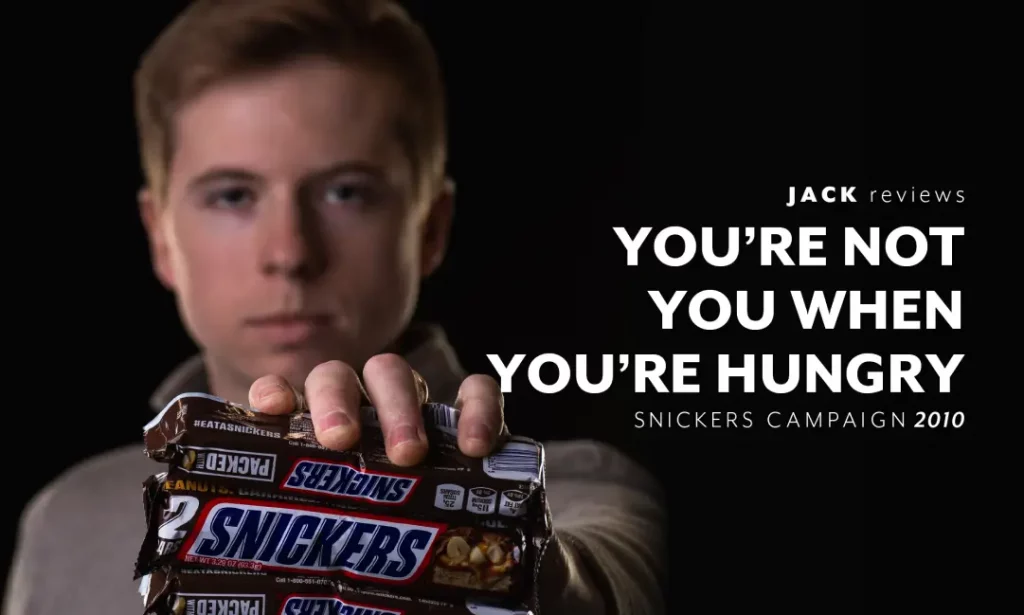
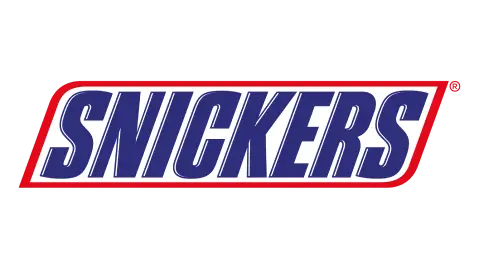
With the help of a trash-talking Betty White on Super Bowl Sunday, Snickers launched what quickly became a globally famous campaign, enduring the test of time and spanning 10+ years. Anchored in a universally understood message with local and regional adaptations, the “You’re Not You When You’re Hungry” campaign not only turned around declining sales for the candy bar brand, but also led to a 16% increase in volume sales and market share growth in 56 of the 58 markets in which the campaign ran.
Before the campaign launch during Super Bowl 44 in 2010, the Snickers brand was in a precarious position. By 2009, the Mars-owned brand was seeing a decline in sales volume in the United States and was experiencing a period of disjointed brand messaging between individual markets that ultimately had Snickers on the course of losing their market position as the world’s leading candy bar brand.
In order to bring a consistent message to a brand that touches nearly all corners and cultures of the world, Snickers recognized that telling the story of a universal truth – something relevant to people as a whole, regardless of location and background – would allow them to maintain a consistent, resonating message, while catering to the specific interests, activities and culture of the individual markets in which they are present. With a predominantly male target audience, the universal truth Snickers sought to tap into came to light through qualitative research identifying “a universal code of conduct by which men abide to stay part of the male pack.” For Snickers, whose historical messaging had already positioned the candy bar as the antidote for hunger, this universal code of conduct could be taken one step further to encapsulate what became the root story of this campaign: “When you are hungry, you’re just not yourself. When you’re not yourself, your position in the male group is in jeopardy. As a solution for hunger, Snickers eliminates the risk of losing your position in the male pack.”
With a universally recognized story building the frame for the overarching brand and campaign message, Snickers appealed to specific markets and regions by depicting this story with faces, activities and scripts curated for that particular audience. From Betty White playing backyard football for the U.S. market, to comedian Rowan Atkinson portraying Mr. Bean as a hopeless Kung Fu Master for the U.K. market, these local campaign executions allowed the global strategy to resonate even deeper with the local market.

While the humorous video ads certainly cast the campaign into the pop culture spotlight, Snickers didn’t stop there, but rather found ingenious ways to extend the campaign beyond the screen. Some of alternative channels for this campaign: Hunger Bar: In the U.S., Snickers took a lesson out of Coke’s “Share a Coke” campaign and created wrappers replacing the Snickers logo with various terms such as “Cranky,” “Spacey” and “Snippy,” and encouraged people to give a Snickers to someone experiencing a hunger breakdown. The Hungerithm: Enlisting the help of MIT and Google, Snickers developed a custom algorithm that analyzed thousands of social media posts to determine the “mood” of the internet and adjusted the price of a Snickers bar accordingly: The grumpier the internet became, the cheaper the price of a Snickers at 7-Eleven stores. Print Applications: A favorite print application of this campaign comes from Snickers Russia, showing the Snickers name on the packaging of other candy bars within the product line of parent Mars, such as Twix.
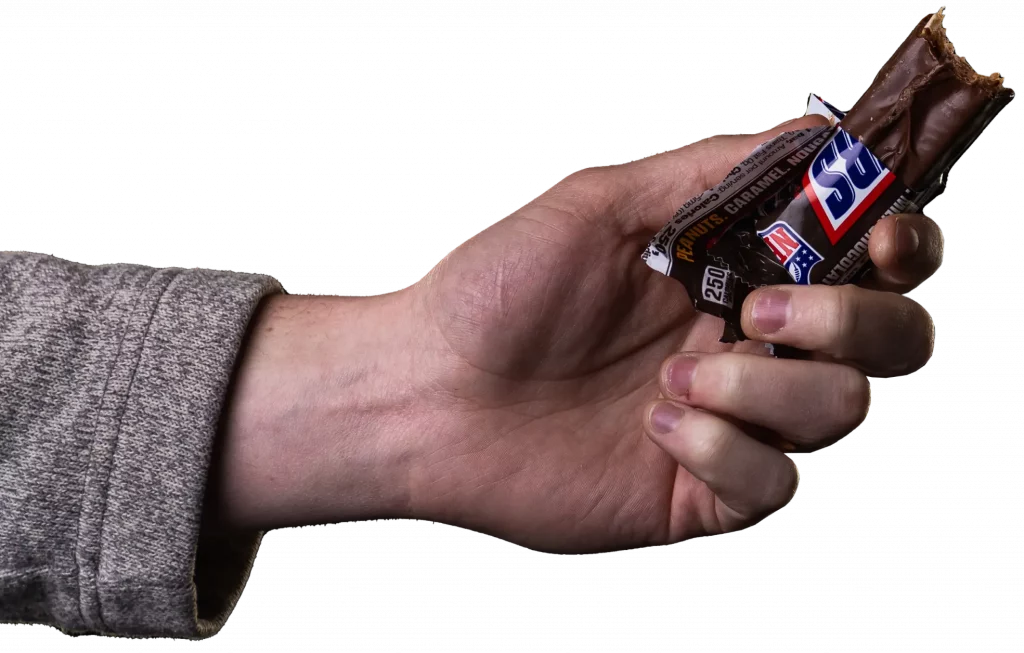
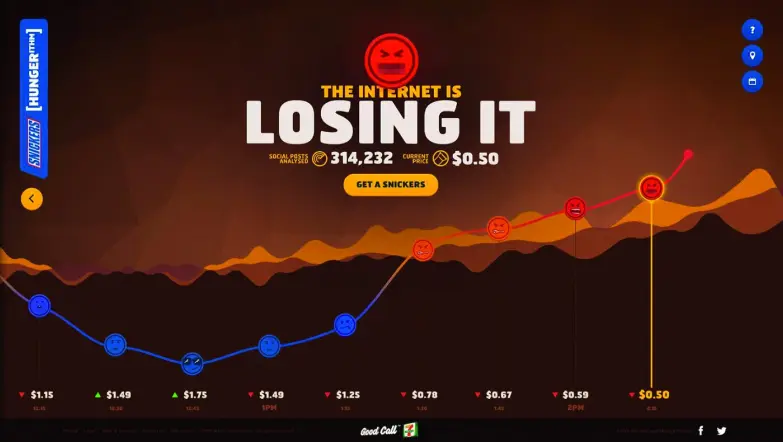
While Snickers’ “You’re Not You When You’re Hungry” campaign certainly had its share of complexities – from developing creative in 58 markets, to creating a one-of-a-kind internet algorithm – the true power in this campaign comes from Snickers’ ability to tap into the simple, true and universally understood story that people act differently when they’re hungry. With that simple and concise story in mind, the extensions, adaptations and iterations of this story are nearly endless, giving Snickers the ability to remain flexible, topical and current while maintaining an incredibly consistent campaign and brand message.

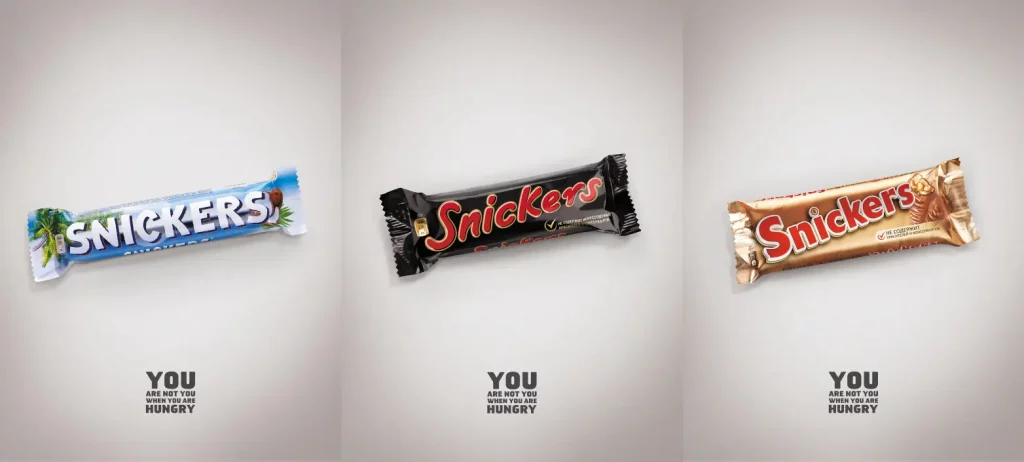
SOURCES
“You’re Not You When You’re Hungry’: The Best Ad Campaign Ever?” Bettermarketing.pub, March 2020.
“Case study: How fame made Snickers’ ‘You’re not you when you’re hungry’ campaign a success.” Campaignlive.com, October, 2016.
“How Snickers’ Hungerithm Boosted Their Sales by 70%” Bettermarketing.pub, July 2020
“Snickers Gets Wrapped Up Like Other Candy Bars in Latest ‘You’re Not You’ Ads”, AdWeek.com, April 2016

Andrew reveiws Think Small. Volkswagon Campaign – 1959
Allyson reviews The Man Your Man Could Smell Like Oldspice Campaign – 2010
Jennifer reviews The Energizer Bunny Energizer Campaign – 1989
Tristan reveiws The Moldy Burger Burger King Campaign – 2020
Kristen reviews A Diamond is Forever DeBeers Campaign – 1938
Jonathan reviews “WHASSUP?!” Budweiser Campaign – 1999
© All rights reserved by ABOVO | Fargo North Dakota | Privacy Policy | Terms of Service